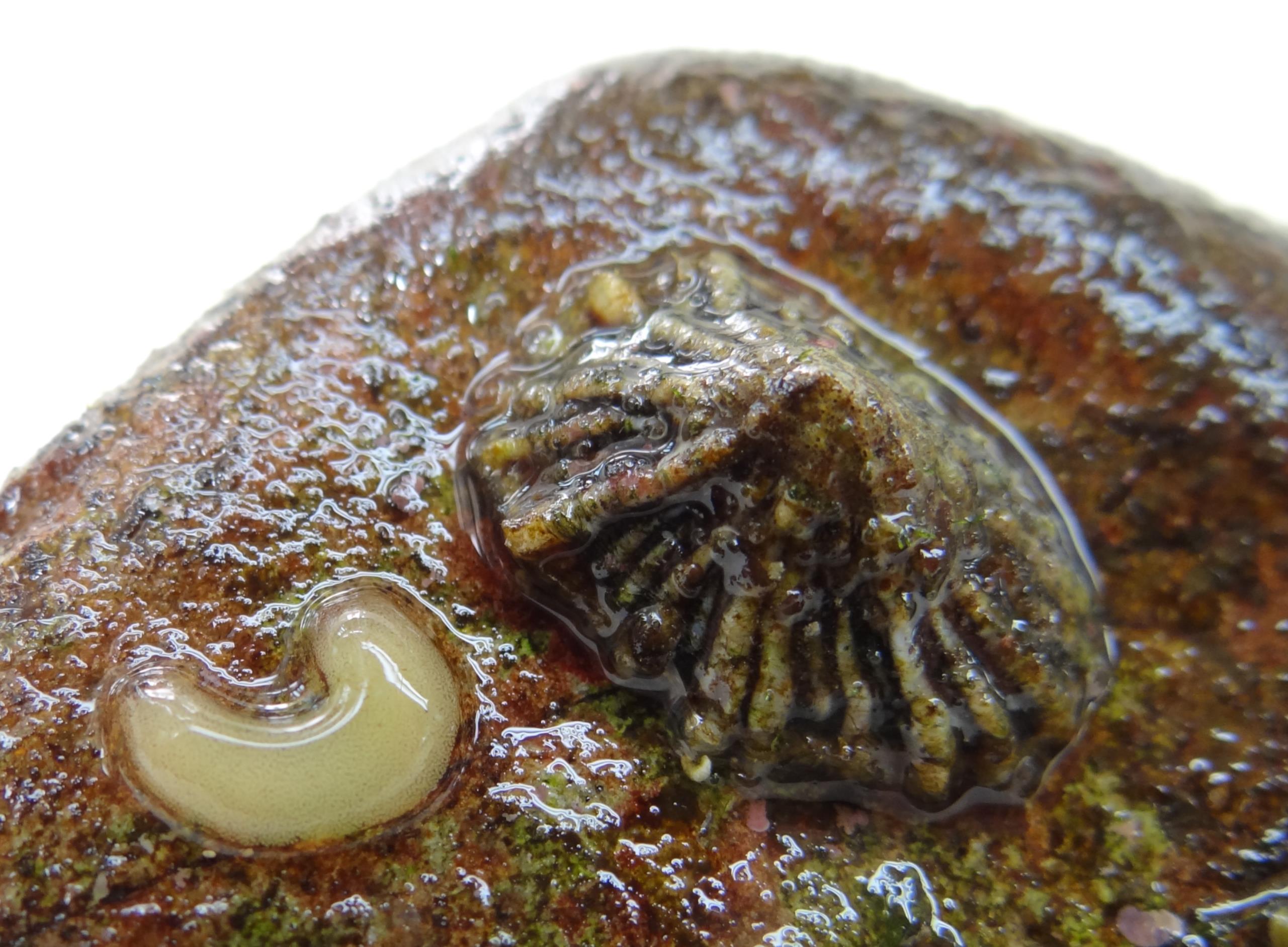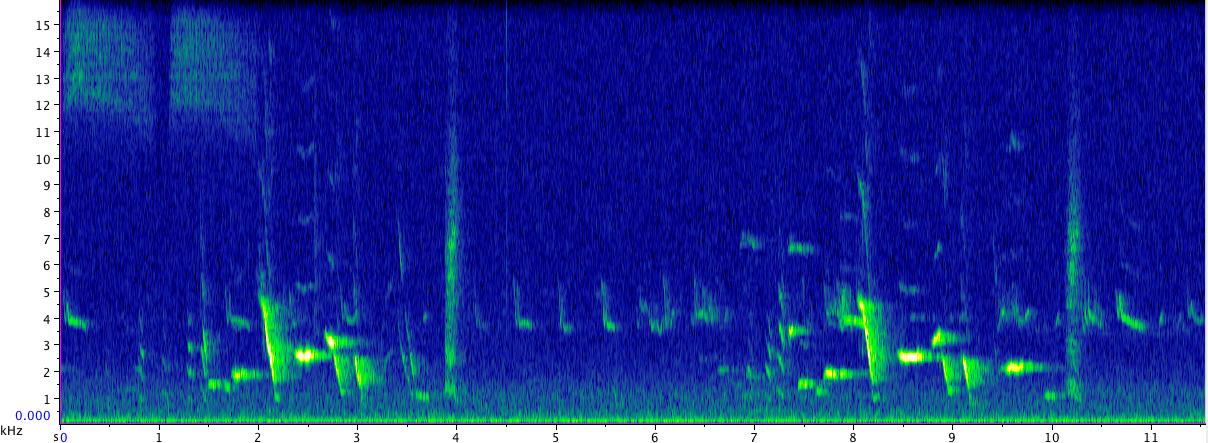Ecology & Evolution Seminar Series 2014 - Cook, Edwards, Kessel & Salter
Ecology & Evolution Seminar Series 2014 - Cook, Edwards, Kessel & Salter
Date: 6 November 2014 Time: 12.00 pmGustav Kessel presents A Limpet’s Legacy - Carry-over effects across life stages and generations
 Limpets possess complex life histories, passing through a series of discrete life stages before settlement. Conditions experienced by one stage can dramatically influence performance in subsequent stages through “carry-over effects”. These effects can also be “trans-generational” when parental experiences manifest as offspring phenotype alterations. Most studies focus only on single-stressor carry-over effects and examine only one life stage or generation, thus failing to replicate the complex “stress legacies” that may be caused by anthropogenic climate change. Consequently, I aim to elucidate the role of stress legacies in determining vulnerability to climate change by examining the effects of multiple stressors (UV, temperature, salinity) on adults, and throughout the life stages of their offspring. The detection of significant negative carry-over effects would elucidate patterns such as which stage is most vulnerable to stress, how long legacies of impaired performance persist, and which stages exhibit this most severely.
Limpets possess complex life histories, passing through a series of discrete life stages before settlement. Conditions experienced by one stage can dramatically influence performance in subsequent stages through “carry-over effects”. These effects can also be “trans-generational” when parental experiences manifest as offspring phenotype alterations. Most studies focus only on single-stressor carry-over effects and examine only one life stage or generation, thus failing to replicate the complex “stress legacies” that may be caused by anthropogenic climate change. Consequently, I aim to elucidate the role of stress legacies in determining vulnerability to climate change by examining the effects of multiple stressors (UV, temperature, salinity) on adults, and throughout the life stages of their offspring. The detection of significant negative carry-over effects would elucidate patterns such as which stage is most vulnerable to stress, how long legacies of impaired performance persist, and which stages exhibit this most severely.
Peter Edwards presents The effect of suspended sediment on the growth of a coastal marine fish
Suspended and deposited sediments are known to have adverse effects on aquatic organisms. Terrestrial sediment run-off is significant in coastal zones worldwide, and with the current intent to mine in the marine environment, the threat to marine organisms has been increased. Increasing sediment levels in marine environments has been identified as one of the top 5 threats to global marine ecosystems, however few studies have investigated the effects of suspended sediments on different life stages of marine fish. Here I propose to study the effect of suspended sediments on the growth of a coastal marine fish experimentally, using a range of different sediment levels that can been found in the field.

Stephen Salter presents Spatial memory in North Island robins
 North Island robins (Petroica longipes) cache food. Species which exhibit caching behaviour perform better on tests of spatial memory than those which do not. Possessing this effective spatial memory enables caches to be recovered at a high rate. Caching allows animals to store food, often an ephemeral resource, when it is plentiful for use at a later time when it is likely to be scarce. Many North Island robins also steal caches from conspecifics, utilizing what is known as observational spatial memory in doing so.
North Island robins (Petroica longipes) cache food. Species which exhibit caching behaviour perform better on tests of spatial memory than those which do not. Possessing this effective spatial memory enables caches to be recovered at a high rate. Caching allows animals to store food, often an ephemeral resource, when it is plentiful for use at a later time when it is likely to be scarce. Many North Island robins also steal caches from conspecifics, utilizing what is known as observational spatial memory in doing so.
Reliance on caches should be greatest at those times of year when food is in short supply. I plan to assess the spatial memory of colour-banded North Island robins at different seasons to determine if performance fluctuates along with their reliance on cached food. I will also assess their observational spatial memory to determine the relationship between these two cognitive abilities. This will test the theory that individuals in a caching species usually specialize as either a cacher or a thief.
Asher Cook presents Do forests fall silent directly following 1080 drops? Monitoring bird conspicuousness with acoustic recorders
Monitoring bird populations with bioacoustic technology has grown in popularity in the last 30 years and has a number of advantages over other traditional bird monitoring techniques. For instance, effective field time and site coverage can be maximised with minimal effort and sound recordings can provide an archival record that can be verified by qualified third-parties. However, extracting relevant population level parameters from large bioacoustic datasets remains labour intensive and problematic.
Using the data from acoustic recorders spread across four control sites and six treatment sites we plan to investigate the influence of an aerial application of 1080 poison on birds by using their aural conspicuousness as an index of relative abundance. Through this exercise, we also plan to determine sub-sampling strategies that will maximise data quality and minimise labour intensiveness.

For more information, please contact Steph Price on Steph.Price@vuw.ac.nz
